(…And One Too Cool to Get Banned)
Cricket is huge in Jamaica, and so is marijuana use. It’s the birthplace of Bob Marley, after all. Marley was the iconic Rastafarian musical legend who helped popularize reggae music around the world in the 1970s. When you think of Jamaica, you think reggae, dreadlocks, and the distinctive Rasta colors: green, yellow, red, and black. It’s easy to imagine the laid-back island vibe: beaches, smooth beats, and a relaxed atmosphere. And yes, marijuana is often a part of that picture.
As it’s 4/20, I’d like to take a moment to highlight the intersection of cricket and cannabis. Marijuana use has occasionally collided with the world of cricket, leading to controversy. But also adding a certain flavor to the sport. Let’s look at some of the most famous cricketers who found themselves in trouble due to marijuana use. And one cricketer who, well, just didn’t get banned despite his open marijuana use.

ONE
Ian Botham’s Holiday Marijuana Use (England, 1986)
In 1986, Ian Botham, the English cricket legend, admitted to smoking marijuana during a private holiday. This sparked a major scandal in a sport that values tradition and discipline. The Test and County Cricket Board imposed a 63-day ban, making Botham one of the first cricketers disciplined for recreational drug use. The controversy was significant, given Botham’s fame as one of England’s finest all-rounders. Despite the negative attention, the scandal did not tarnish his career.
Botham had a remarkable cricket career, spanning from 1976 to 1992. He was known for his aggressive batting, fast-medium bowling, and fearless leadership. He made his Test debut in 1977 and became England’s all-time leading wicket-taker, amassing over 380 wickets and more than 5,000 runs. His performances in the 1981 Ashes series, particularly his match-winning efforts, cemented his place as one of the game’s greats.
While the marijuana use scandal was a blemish on his otherwise stellar career, Botham’s personality was bigger than the controversy. His flamboyant style and rebellious nature made him a household name in England. Botham went on to be knighted in 2007 for his services to cricket and charity, solidifying his legacy. He later admitted to experimenting with marijuana, but he made it clear that it never impacted his performances on the field.

TWO
Shane Warne’s Experimental Marijuana Use (Australia, 2003)
Shane Warne, the legendary Australian leg-spinner, publicly acknowledged experimenting with marijuana during his career, though it was never a major scandal like some other cricketers’ controversies. Known for his rebellious persona and candidness about his personal life, Warne’s marijuana use was just one part of his larger-than-life character, which included facing bans for other offenses, such as testing positive for a banned substance in 2003.
However, it didn’t overshadow his legendary career, which was tragically cut short when he passed away on March 4, 2022, at the age of 52, from a heart attack while on vacation in Thailand. Warne’s death, just days after celebrating a birthday with friends, shocked the cricketing world, leaving a void in the sport and among his millions of fans.
Tributes poured in globally, celebrating not only his unparalleled skill but also his vibrant personality. In 2016, a photo surfaced of singer Ed Sheeran unwrapping a novelty bong shaped like Warne, which sparked amusement among fans, although there’s no evidence Sheeran used it. Sheeran, who has been open about his past marijuana use, stopped smoking in 2019 to improve his productivity and creativity.
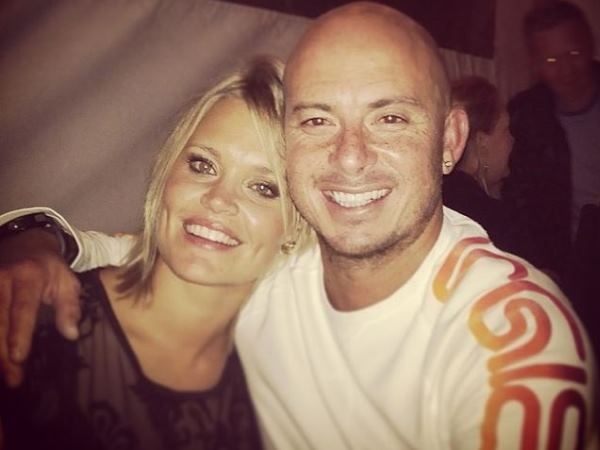
THREE
Herschelle Gibbs, Paul Adams, Andre Nel, Justin Kemp, and Roger Telemachus (South Africa, 2001)
In 2001, five South African cricketers — Herschelle Gibbs, Paul Adams, Andre Nel, Justin Kemp, and Roger Telemachus — were fined for smoking marijuana in a hotel room while celebrating a series victory in the West Indies. The incident wasn’t widely reported at the time but became public years later when Gibbs revealed the details in his autobiography, To the Point.
The scandal was minor compared to some of the more high-profile doping cases in cricket, but it raised eyebrows due to the involvement of multiple high-profile players. Gibbs admitted to the marijuana use and mentioned that several of his teammates participated. The fact that this occurred during a time of relative success for South African cricket made the incident more interesting. South Africa had just won a series in the West Indies, and yet their off-field behavior became the talk of the cricketing world.
While the penalties handed out were relatively light, with the players receiving fines rather than suspensions, the scandal offered a rare glimpse into the off-field culture of the team during that era. It was a time when South African cricket was making strides on the field, but this incident reminded everyone that cricketers are human, with all the flaws that come with it.
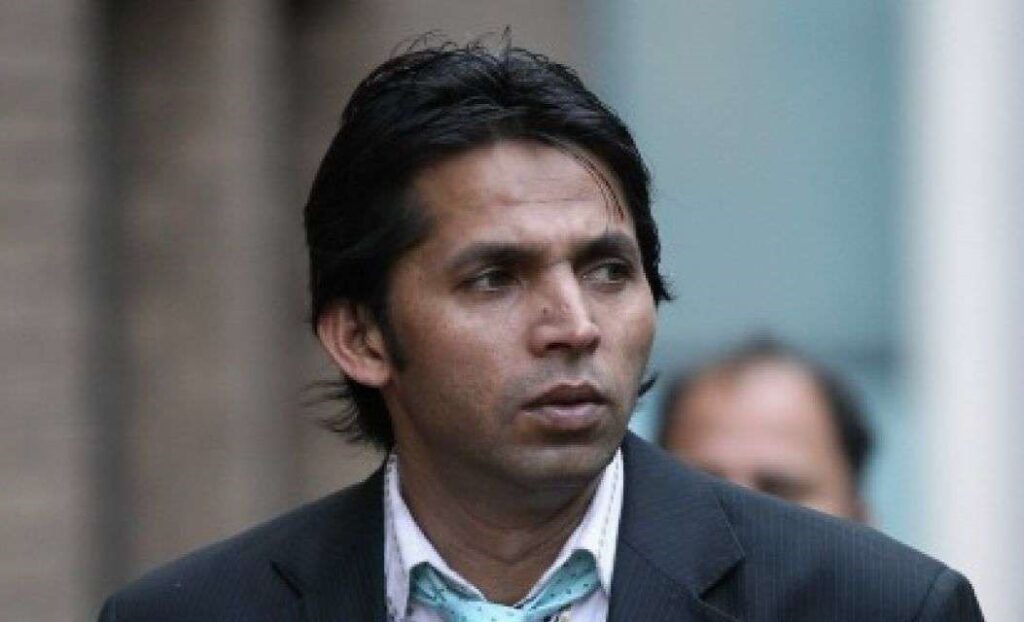
FOUR
Mohammad Asif & Shoaib Akhtar (Pakistan, 2006)
In November 2006, Pakistan’s bowling duo Mohammad Asif and Shoaib Akhtar tested positive for a banned substance. This happened just weeks before the ICC Champions Trophy in India, which was a critical tournament for Pakistan. The incident sent shockwaves through the cricketing world, as both players were key members of Pakistan’s bowling attack at the time.
Shoaib Akhtar, known for his fiery personality and raw pace, was handed a two-year ban. Mohammad Asif, known for his more controlled and skillful bowling, was given a one-year suspension. The bans were devastating for both players and impacted Pakistan’s preparation for the tournament. It also reflected the growing importance of anti-doping policies in cricket.
The scandal had long-lasting effects on both players’ careers. Although they later returned to international cricket, their reputations were forever tainted. The bans served as a warning to cricketers worldwide about the importance of adhering to strict anti-doping regulations. For Akhtar and Asif, it was a painful reminder of how a momentary lapse could derail a promising career.
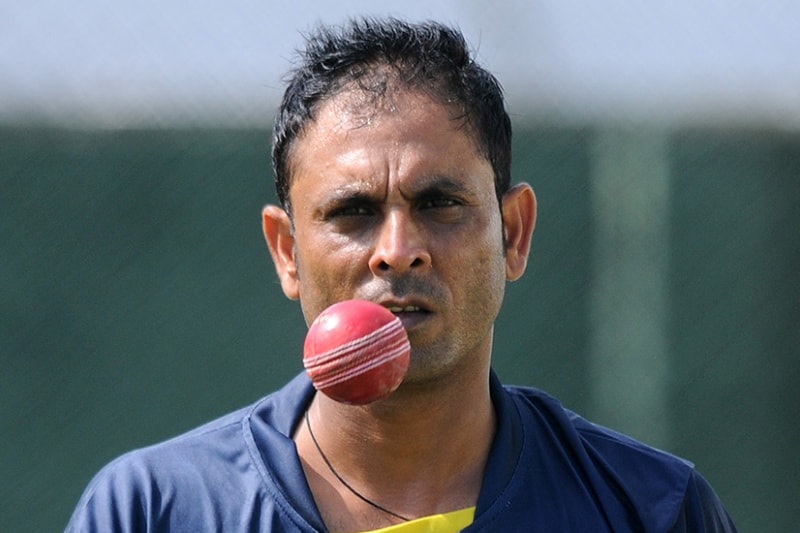
FIVE
Abdur Rehman’s English Marijuana Use (Pakistan, 2012)
In 2012, Pakistani left-arm spinner Abdur Rehman tested positive for cannabis while playing for Somerset in the English county circuit. The England and Wales Cricket Board (ECB) imposed a 12-week ban on Rehman for violating anti-doping regulations. While cannabis is not considered a performance-enhancing drug, its use still violated ECB’s strict code of conduct.
Rehman was known for his reliable bowling and had been a key figure in Pakistan’s cricket team. His positive test was a shock, as it was rare for a player of his caliber to be involved in such a scandal. Rehman accepted his punishment, and the incident left a stain on his career, especially in the international arena.
Though the ban was relatively short, the damage to Rehman’s reputation was lasting. It was a reminder of how even minor violations of anti-doping policies could have major consequences for cricketers. Rehman later returned to cricket, but the scandal remained a defining moment in his career.

SIX
Wessly Madhevere and Brandon Mavuta (Zimbabwe, 2024)
In 2024, Zimbabwean cricketers Wessly Madhevere and Brandon Mavuta were banned for four months after testing positive for recreational drug use. The players were seen as promising talents for Zimbabwe, with Madhevere known for his all-round abilities and Mavuta for his promising spin bowling. The Zimbabwe Cricket Board responded swiftly by imposing fines and suspensions on both players.
The incident was a significant setback for both Madhevere and Mavuta, as they were key players for the national team. Their bans sent a strong message about the importance of maintaining a drug-free environment in cricket. Despite their promising careers, the Zimbabwe Cricket Board made it clear that no one was above the rules. The bans underscored the organization’s firm stance on integrity and discipline.
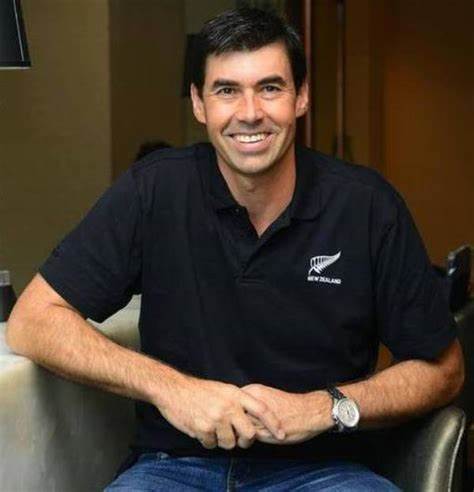
SEVEN
Stephen Fleming, Dion Nash, and Matthew Hart (New Zealand, 1995)
In 1995, New Zealand cricketers Stephen Fleming, Dion Nash, and Matthew Hart were involved in a marijuana scandal during their tour of South Africa. The Black Caps, known for their clean image, found themselves embroiled in controversy when the players admitted to using marijuana. This was a rare scandal for New Zealand cricket, a country known for its disciplined approach to the game.
The players self-reported the incident, showing some accountability. In response, the New Zealand Cricket Board imposed disciplinary action. Fleming and Nash were suspended for one Test match, while Hart was fined. At the time, these were relatively lenient sanctions. However, the scandal temporarily damaged the players’ reputations, especially for Fleming, who was seen as a rising star.
Despite this setback, the three players went on to recover from the scandal. Fleming, in particular, became New Zealand’s most respected and longest-serving captain. He led the team for more than a decade and is regarded as one of the best captains in New Zealand’s history. Today, the 1995 marijuana incident is seen as a youthful mistake rather than a defining moment.
EIGHT
Kusal Mendis, Danushka Gunathilaka, Niroshan Dickwella (Sri Lanka. 2021)
In 2021, Sri Lankan cricketers Kusal Mendis, Danushka Gunathilaka, and Niroshan Dickwella were suspended for breaching bio-bubble protocols during their tour of England. The players left the secure bio-bubble and engaged with the public. This was a major breach of COVID-19 safety regulations. Although the official reason for their suspension was the protocol breach, rumors spread suggesting marijuana use.
Despite the rumors, no official sanctions for drug use were imposed. The players’ actions brought significant media attention to the Sri Lankan team, especially during the pandemic era. Their behavior caused a public relations nightmare for Sri Lankan cricket.
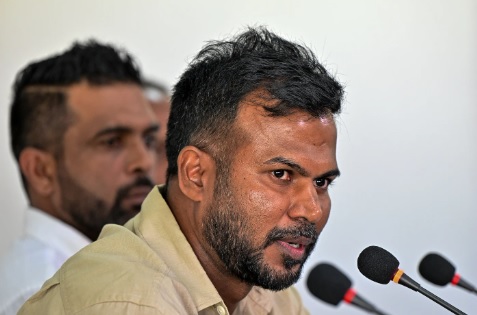
NINE
Upul Tharanga (Sri Lanka, 2011)
In 2011, Sri Lankan cricketer Upul Tharanga tested positive for a banned substance during the World Cup. He was handed a three-month ban for the infraction. Tharanga, who had been a key part of Sri Lanka’s batting line-up, was excluded from the team for the World Cup final. He later claimed that the positive test was unintentional, but the incident hurt his reputation.
The ban was a setback for Tharanga, but he later returned to international cricket. However, his World Cup suspension remained one of the defining moments of his career.
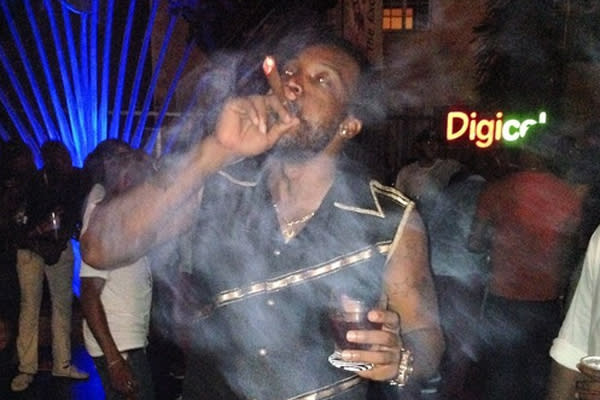
TEN
Chris Gayle’s Lifelong Marijuana Use (West Indies, 24/7)
Chris Gayle, one of the most explosive and charismatic players in cricket history, has been a fixture in the sport for over two decades. His career, which began in 1999, is filled with remarkable achievements, particularly in the limited-overs formats. Gayle is widely regarded as one of the greatest T20 batsmen of all time, revolutionizing the format with his aggressive and fearless style of play. His records speak for themselves: he is the first player to score a double century in a World Cup match, having achieved this milestone in 2015 against Zimbabwe. He also holds the record for the highest individual score in a T20I, a blistering 175* in the 2013 Indian Premier League (IPL), and has hit over 20 centuries in T20 cricket.
But beyond his exceptional cricketing feats, Gayle is also known for his relaxed and rebellious attitude. Over the years, he has been very open about his personal habits, including his use of marijuana. Unlike some cricketers, Gayle’s marijuana use has never been a major controversy in the media, mainly because he has consistently treated it with humor and lightness. He has publicly admitted to smoking marijuana, particularly for relaxation, and he often makes jokes about it in interviews. For Gayle, marijuana is part of his lifestyle, something he uses to unwind and maintain a sense of calm amid the pressures of professional sport.
Despite his openness about his marijuana use, Gayle has never faced any official sanctions or disciplinary actions from cricket boards or governing bodies. His carefree attitude toward marijuana, coupled with his ability to maintain peak performance on the field, has made him a polarizing figure. While some may criticize his nonchalant approach, others see it as part of his larger-than-life personality.

The Remarkable Story of the Compton Cricket Club
The Compton Cricket Club established itself in 1995 among a revolutionary homeless community called Dome Village in downtown Los Angeles. Dome Village, brainchild of civil activist Ted Hayes, was based on his 1984 “Justiceville” tent city project. Read the Compton Cricket Club’s story here.




